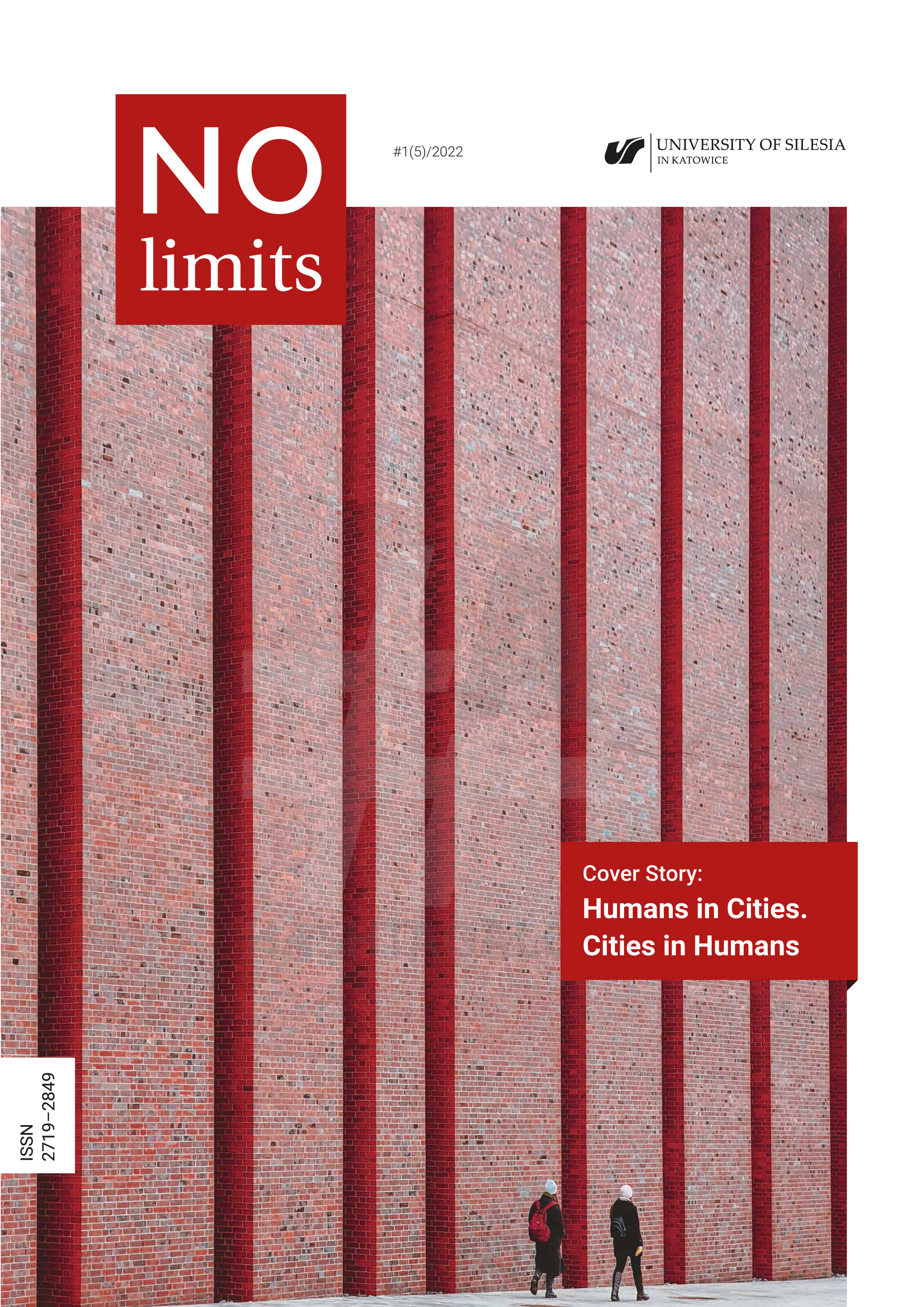

 https://doi.org/10.31261/no_limits.2021.5.08
https://doi.org/10.31261/no_limits.2021.5.08
Even if we live in a small town, we identify with the nearest large urban center and are interested in its development. The topic is important because more than 3.5 billion people already live in towns or cities, and by 2030, this will apply to as much as 60% of the world's population. The trend is extremely dynamic and transforms the reality that surrounds us. According to United Nations forecasts, the population of cities will almost double by 2050. Therefore, the 2016 Quito Declaration highlighted the importance and role of cities in the context of demographic processes, economic activities, social and cultural interactions, and the effects of environmental and humanitarian processes.
Download files
Citation rules

No. 1(5) (2022)
Published: 2022-04-21